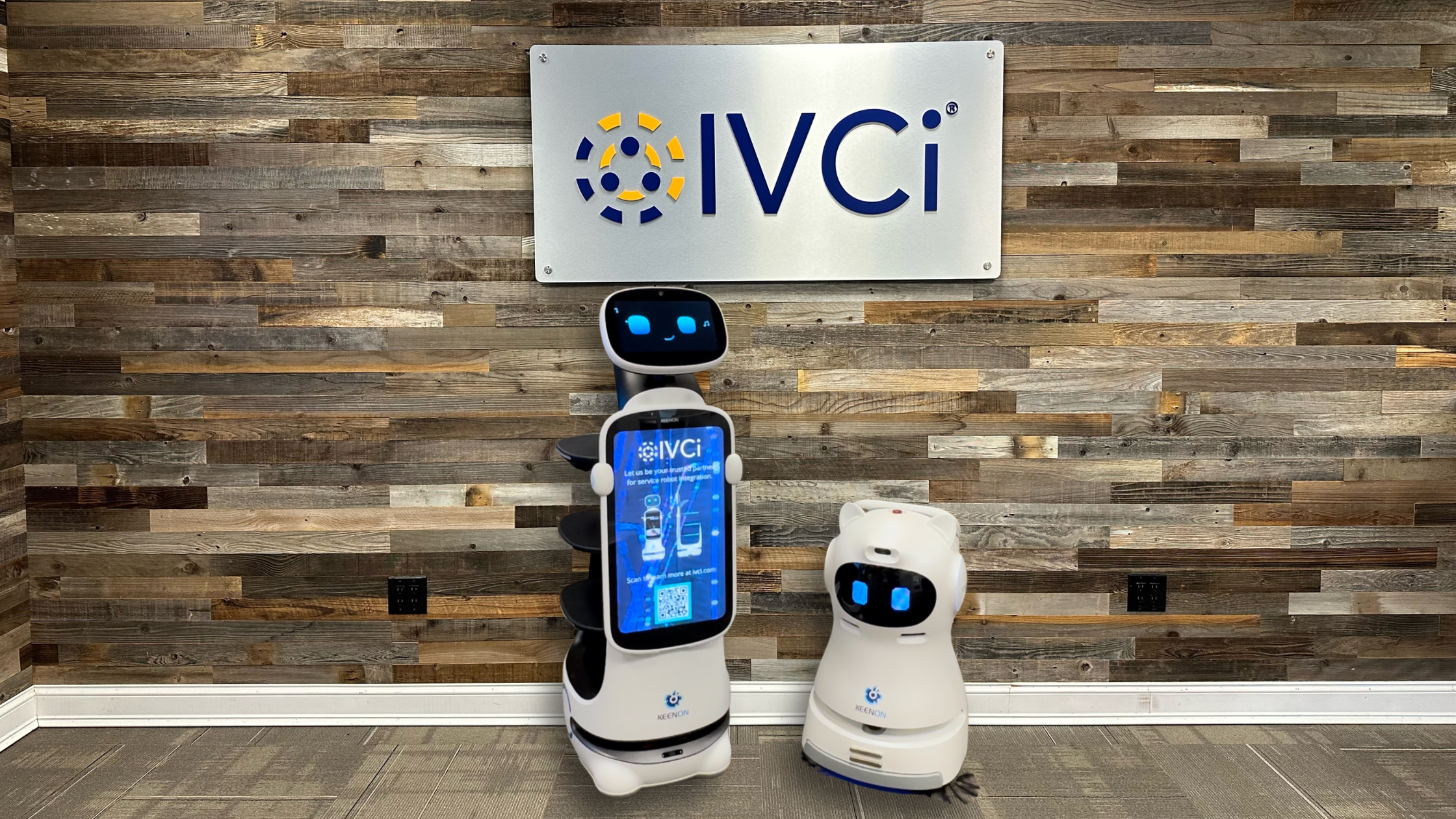The Coronavirus Aid, Relief, and Economic Security (CARES) Act, was signed into law in March 2020 by President Donald Trump. This act provided much-needed funding for states and and school districts to build their COVID-19 emergency response plans.
Here is a quick summary of how the CARES act is aiding schools:
- $13.5 billion in K-12 grants to states, based on their share of ESEA Title I-A funds.
- State education agencies must distribute at least 90% of funds to school districts and public charter schools.
- Funds can be used to respond to emergency needs.
- Funds can be used for coronavirus-response activities such as coordinating long-term school closures, purchasing technology to support distance learning, and additional activity approved by federal laws.
- Funds can be used to purchase AV equipment to provide a more reliable and effective solution for remote learning.
School districts were able to utilize these funds quickly to enact, and maintain, an entirely new way of operating.
Learning in a post-COVID world
There’s no doubt that the COVID-19 situation changed the landscape of education forever. Not only did schools have to turn around learning programs incredibly quickly, they need to now enable long-term solutions that allow distance learning to be a seamless part of education from now on.
It’s apparent that education is changing outside of the classroom as well, with families, educators, and students all taking on drastically new roles. But some of the biggest question marks are around what will go on inside of school buildings — how can we assimilate students and teachers back into a classroom safely? Is that even possible? The list goes on and on…
While we cannot predict the future, we do have some predictions about the future of education and how technology can help make it happen. Here are some of our predictions of what a future classroom will look like in a post-coronavirus world:
1. An increase in blended learning
The 2020 school year wrapped up completely online — and while we are all impressed with the efforts our educators, parents, and students put in to make that happen, there’s still a longing to the physical classroom.
Virtual learning offered flexibility and individualized learning, but lacks the intimacy of in-person learning. Therefore, it’s likely we’ll see a rise in blended learning, where students and teachers participate in a hybrid of in-classroom and virtual learning activities. Virtual tools will become a complement to face-to-face learning.
2. Virtual learning will be a strategic initiative
Before the pandemic hit, very few schools seriously considered virtual learning as part of their strategic initiatives. With distance learning becoming mandatory, that changed quickly. Now, schools will be evaluating their emergency plans to turn their “band-aid” fixes into long-term solutions. Strategic initiative priorities will include upgrading video conferencing equipment and platforms, providing all students and teachers with the tools they need to access those platforms, and standardizing infrastructure throughout buildings and districts.
3. Communication will be virtual
Even after pandemic-related restrictions are lifted, limiting non-essential in-person gatherings are set to remain for the foreseeable future. Things like parent-teacher conferences, faculty meetings, and administrative meetings will likely move to virtual platforms. That way, face-to-face time can be reserved for meaningful discussions and activities within the classroom.
What these predictions have in common is that they rely heavily on AV technology. So heavily, in fact, that the CARES Act has included a specific clause to allow funds to be used to purchase AV equipment. That opens the door for audio video conferencing companies to play a large role in shaping the future of education. At IVCi, we’ve redesigned our procurement and implementation processes to follow all restrictions and guidelines, so we can help schools provide a reliable and effective solution for remote learning while maintaining safety.
With the right audio video conferencing solutions in place, institutions can continue to provide effective education, no matter what is going on in the world.





